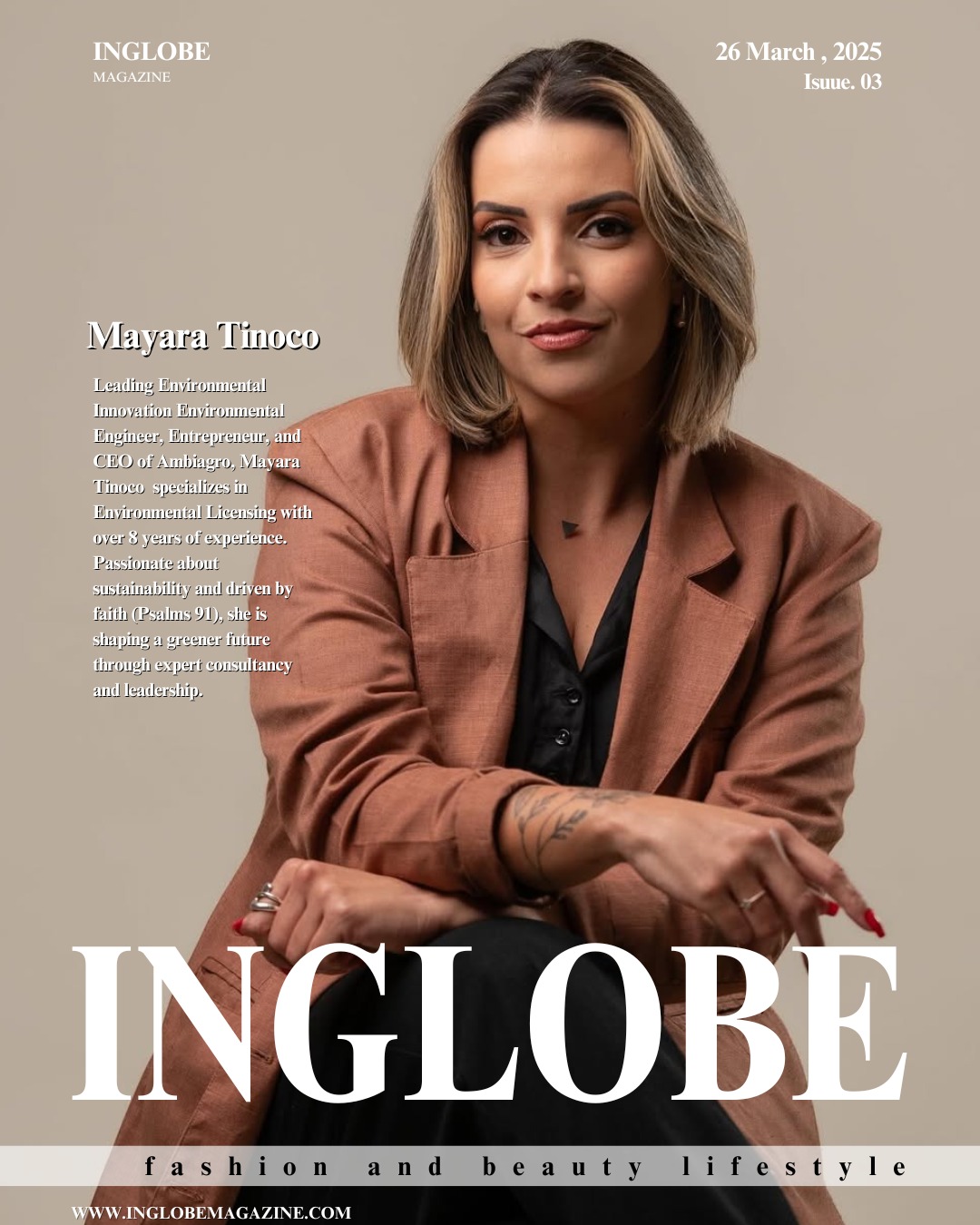What’s In, What’s Out: Digital Marketing Trends You Can’t Ignore

The digital marketing world honestly doesn’t sit still for a second. What was working last year, or shoot, even last month, might already feel completely stale and outdated.
With new tools popping up constantly, algorithm changes happening what feels like every week, and audience behaviors shifting faster than you can keep track of, staying ahead of the curve has become pretty crucial for anyone trying to make an impact online.
Whether you’re running your own brand or working with a digital marketing agency, understanding what’s trending right now and what’s basically dead in the water can give you a serious competitive edge over people who are still stuck doing things the old way.
AI-Powered Personalization Is Everything
This is probably the biggest shift happening right now, and it’s honestly pretty exciting if you know how to use it. We’re talking about chatbots that actually understand what customers are asking, dynamic email content that changes based on who’s reading it, and real-time product recommendations that feel like they’re reading people’s minds.
The whole game now is leveraging customer behavior data and AI tools to tailor every single touchpoint someone has with your brand. When you get it right, it feels like magic to the customer, but behind the scenes, it’s just smart use of technology and data.
What’s completely out is sending generic mass emails to your entire list with the same boring subject line and hoping for the best. That one-size-fits-all messaging approach just doesn’t cut it anymore.
Short-Form Video Is Taking Over Everything
TikTok obviously started this trend, but now you’ve got Instagram Reels, YouTube Shorts, and basically every platform pushing short-form video content because that’s what people actually want to watch. Attention spans are short, and the content that performs best reflects that reality.
Authentic, fast, and lo-fi content is what actually gets engagement now. People prefer stuff that feels real and spontaneous over content that looks like it cost thousands of dollars to produce.
What’s out: Those over-produced, overly polished video ads that feel staged and fake. People can spot that corporate polish from a mile away.
Privacy-First Targeting Is The New Normal
With third-party cookies disappearing and privacy regulations getting stricter, smart brands are pivoting to first-party data strategies. It’s forcing marketers to be more creative and build genuine relationships with audiences.
The focus now is on building trust through ethical tracking methods that people understand and consent to. It’s more work upfront, but the long-term payoff is worth it.
What’s absolutely out: Creepy retargeting ads that follow people everywhere. That approach is dying fast—and good riddance.
Humanized Brands Are Winning Hearts
Audiences love transparency, social impact, and hearing from real voices instead of corporate PR speak. User-generated content and behind-the-scenes storytelling are thriving because they show the human side of businesses.
People want to support authentic brands that align with their values—not just companies pushing products.
What’s out: Corporate-speak and hard-sell tactics. Nobody wants to feel like they’re being marketed to by a robot.
Voice Search Is Changing How People Find Things
Smart speakers and voice assistants are creating a different kind of search behavior. People ask questions differently when they’re speaking versus typing, and the content that ranks for voice search reflects that.
The smart move? Optimize for natural phrasing, question-based queries, and local intent—since many voice searches are local in nature.
What’s out: Keyword-stuffed content that sounds robotic. If your content doesn’t sound natural when spoken, it’s probably not voice-search friendly.
Multichannel Experience Needs To Be Seamless
People interact with brands through email, SMS, social media, websites, and even physical stores, and they expect all those experiences to feel connected.
Winning brands create personalization that travels across platforms. It’s not enough to just “be present” anymore. The entire journey needs to feel like one unified brand experience.
What doesn’t work: Treating each channel like a separate silo with inconsistent messaging and branding. People notice.
Smarter, Long-Term SEO Content Strategy
Brands are realizing that paid ads aren’t sustainable forever, and that’s driving renewed interest in high-value SEO content. Think topic clustering, search intent mapping, and AI-assisted creation of content that educates and converts.
The focus is on evergreen content that builds compound value and supports every other marketing channel.
What’s out: The churn-and-burn blog strategy with no structure or long-term plan. It wastes time and rarely delivers lasting results.
Trends Come and Go, Strategy Stays
Staying on trend helps you stay relevant—but being strategic about how you adopt trends is what makes your marketing actually work.
The best digital marketers don’t chase every shiny object. They integrate useful trends into a cohesive, long-term plan that aligns with their business goals.
Use these “what’s in vs. what’s out” shifts to audit your current strategy. The goal isn’t to scrap everything—but to evolve in a way that keeps you competitive.








